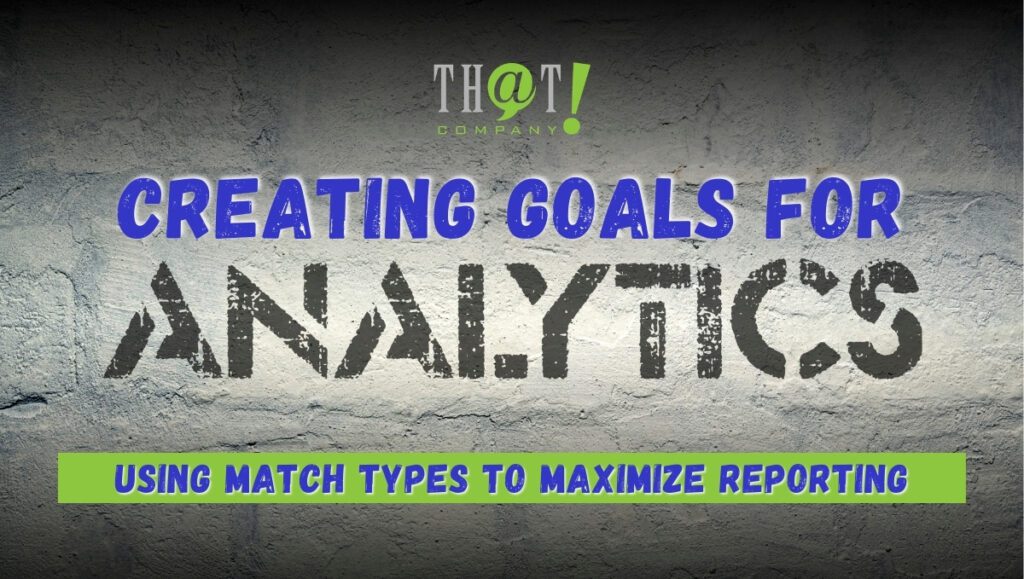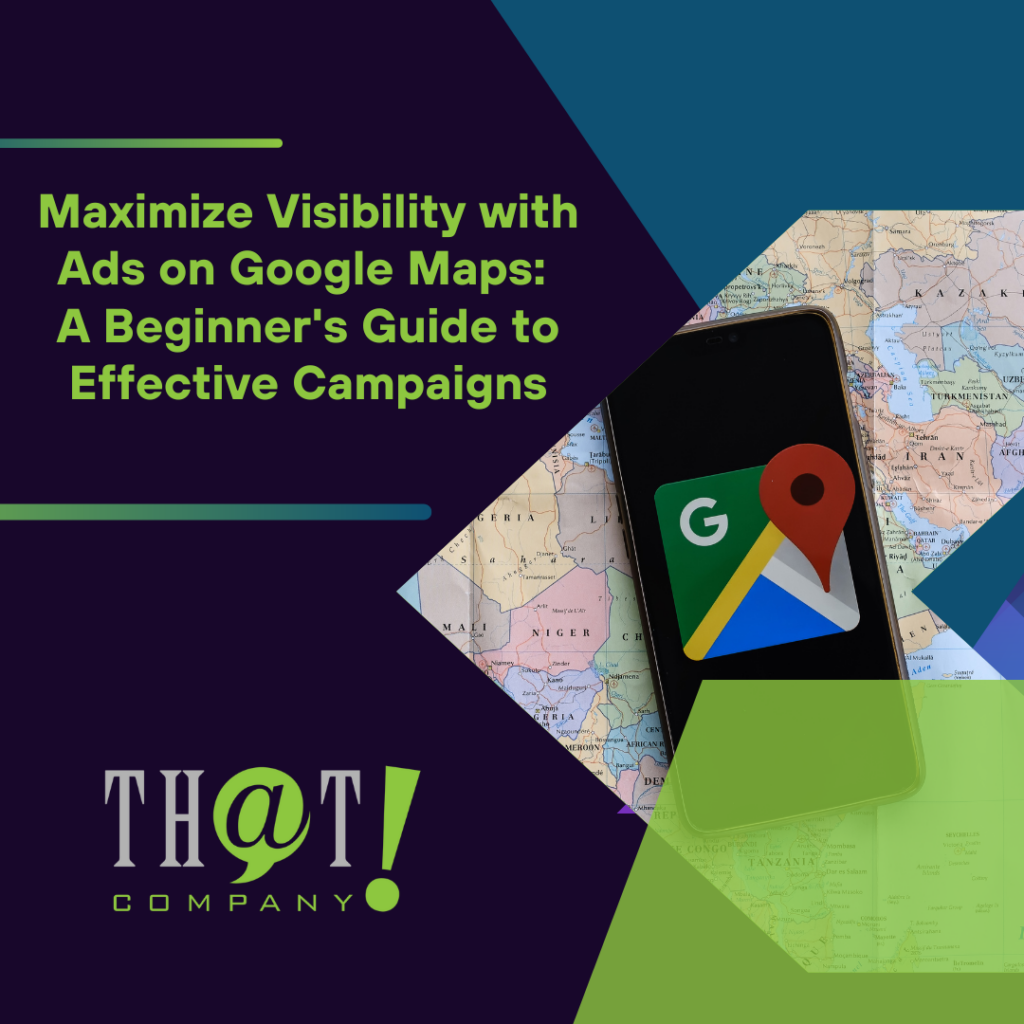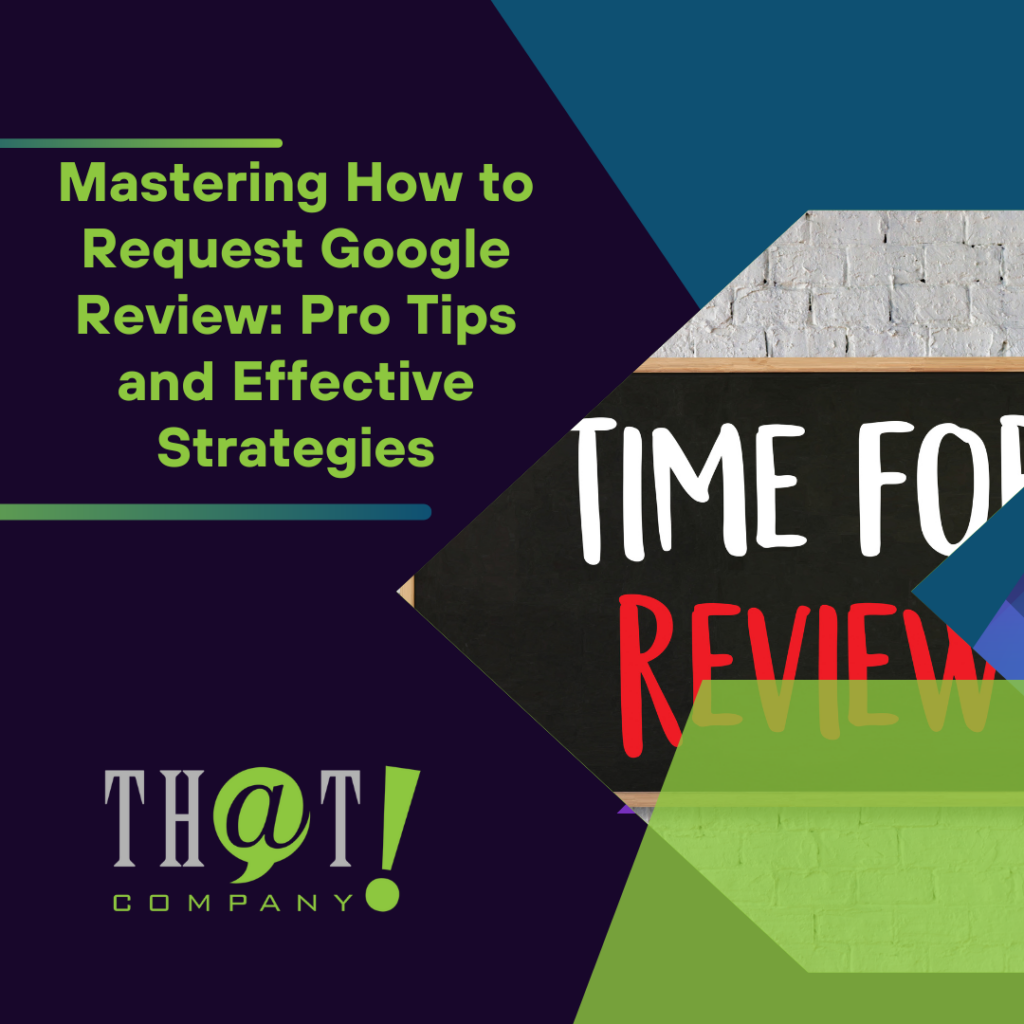When it comes to Google Adwords and all the functionality it gives us, there are often some undiscovered functions that can go unseen. Looking at data within the Google Adwords platform is very useful when it comes to optimizing based on certain key performance indicators. So to be able to optimize with all of the data necessary, sometimes you have to go outside of the Google  Adwords interface and use other platforms such as Google Analytics. If you are not familiar with Google Analytics, you can think of it as a full-on website tracking system that is owned by Google. It tracks various metrics when a visitor lands on your website, and all of the user actions they take while they are on your website. All it takes to have a Google Analytics account and to see your very own visitor metrics is a Google account and website. But with all that Google Analytics does for us as far as tracking, it is very beneficial to see some of that data within the Google Adwords interface. Google does allow all users of Google Adwords and Google Analytics the opportunity to link both of them together so that each will reach each other’s data and display it properly within each platform. With that said, we are going to go over why you would want them to be linked, and the benefits of linking Google Analytics to Google Adwords.
Adwords interface and use other platforms such as Google Analytics. If you are not familiar with Google Analytics, you can think of it as a full-on website tracking system that is owned by Google. It tracks various metrics when a visitor lands on your website, and all of the user actions they take while they are on your website. All it takes to have a Google Analytics account and to see your very own visitor metrics is a Google account and website. But with all that Google Analytics does for us as far as tracking, it is very beneficial to see some of that data within the Google Adwords interface. Google does allow all users of Google Adwords and Google Analytics the opportunity to link both of them together so that each will reach each other’s data and display it properly within each platform. With that said, we are going to go over why you would want them to be linked, and the benefits of linking Google Analytics to Google Adwords.
Seeing your Bounce Rates In Google Adwords Interface
One of the benefits of linking Google Analytics to Google Adwords is so you have the ability to view some pieces of data, such as ‘Bounce Rates’ in the Adwords interface. Bounce rate is not one of the pieces of data that Google Adwords normally displays for us within the Adwords interface; however, when you link Google Adwords to your Google Analytics account this type of data can then be viewed within the Adwords interface.
Why would it be useful to be able to see bounce rates within your Adwords interface? When possible, the bounce rate can be viewed in the campaign view, the adgroup view, and also in the Ads view. Viewing the bounce rate within the Adwords interface can come in use by way of letting you know how your visitors are engaging once they hit your website from your ads. At the campaign view, it can give you an overall view of how the visitor interaction is for a particular set of ad groups within your campaign, and ultimately your keyword sets within those ad groups. At the ad group level, viewing the bounce rate can probably give you a better idea as to how well your keyword sets are working on an ad group to ad group basis. It may be a little more useful at the ad group level than the campaign level because there should be multiple ad groups within each of your campaigns. And finally, one of the most useful places within your Google Adwords interface to view the bounce rate is in the Ads view. Seeing the bounce rates within the ads view came be very handy in determining which ads are making the most impact. And even better, if you are split testing different landing pages, the bounce rate can all but tell you which landing page has the best overall engagement for each landing page being tested. If you have a steady amount of traffic to your ads, seeing the bounce rate alone can allow you to determine much quicker whether to keep an ad running or whether to shut the ad off based on its bounce rate.
Viewing The Average Time On Page Time On Site Within The Google Adwords Interface
Much like the bounce rate that we mentioned in the previous section, the “Average Time On Site” can be very useful while looking over your Adwords data and metrics. Being able to see just how long visitors interact with your website when they visit your site can be of great use. Along with bounce rates, the average time on site can give you a general idea of whether your pages engage the users, especially if you are testing out landing pages. The main idea of testing out landing pages, as we all know, is to have your visitors land on the right page per their search query. We often do not know how well a landing page will work until we implement it into our campaigns, which is also one of the main reasons we run A-B Tests of ads and landing pages to begin with. Seeing the average time on page/site is definitely not the be all and end all in data to determine if something is working or not, but it can be useful to look at with other pieces of data to help determine whether a particular landing page or strategy is worth the time or worth the money you are investing into it with your Adwords account.
We are a leader in helping agencies deliver Pay per click management services to their clients. Can we help you? Check out more about Our White Label PPC Services to learn more about what we can do to help your agency today.
Viewing The Average Number Of Pages Viewed Per Session Within The Google Adwords Interface
So, we have touched based on the bounce rate and the average time on site in the above sections, that will lead us right into the next metric which is ‘The Average Number Of Pages Viewed Per Session’. Seeing the average number of pages viewed per session within the Google Adwords interface can be very valuable when you are trying to make decisions about your audience’s interaction on the site. Of course, this is not the be all and end all of what to look at in making a determination; rather, this will help as additional data that can very well make the difference in turning a campaign, adgroup, add, or landing page off or leaving it on while testing.
In closing, the three above pieces of data that we are referring to can only be viewed within the Google Adwords interface if indeed you have linked your Google Analytics to your Google Adwords account. Linking the two of them together is pretty simple to be honest and very easy to do on your own without any help or having to find a support link. One way to link the two accounts is to go over to your Google Analytics account and link them over in the Property view section of your analytics account. There will clearly be a tab to do so-called “Adwords Linking”. The second way you can link the two accounts together is over on your Google Adwords account side, by going to the Tools tab and looking for the link that says “Google Analytics”. There are other metrics that will import over into your Google Adwords interface once you have successfully linked the two, so you will then start seeing other pieces of data which normally could not be viewed before. Even though we know at some point that you will absolutely have to rely on Google Analytics for specific and more detailed pieces of data, we think you will be happy with what you will be able to see over on the Google Adwords interface once you have linked the two accounts together.
accounts is to go over to your Google Analytics account and link them over in the Property view section of your analytics account. There will clearly be a tab to do so-called “Adwords Linking”. The second way you can link the two accounts together is over on your Google Adwords account side, by going to the Tools tab and looking for the link that says “Google Analytics”. There are other metrics that will import over into your Google Adwords interface once you have successfully linked the two, so you will then start seeing other pieces of data which normally could not be viewed before. Even though we know at some point that you will absolutely have to rely on Google Analytics for specific and more detailed pieces of data, we think you will be happy with what you will be able to see over on the Google Adwords interface once you have linked the two accounts together.
























 Talk With Us
Talk With Us  Give Some Love
Give Some Love 


